Diagnosis
How does a physiotherapist diagnosis pain and injury? What techniques does a physiotherapy use develop and test a diagnosis? How can you be confident that you physiotherapist has diagnose you with the correct cause of pain injury? And how can you as an emerging or practicing physiotherapist ensure that you are providing the best care?
Exercise Thought has analyzed the causes of pain an injury that is presented to Exercise Thought in the first three years to compile at least 59 common diagnoses that we recommend physiotherapist become capable and confident in both diagnosing and treating. We’ve broken up this list in to level 1, 2 and 3, according to their prevalence and complexity.
Exercise Thought and Exercise Thought recognises the following causes of musculoskeletal pain and injury.
Level 1 conditions are most simple and most common, and include:
Discogenic lower back, spinal canal stenosis, facet joint, arthropathy, facet joint degeneration, muscle, hyperactivity, muscle strain (including calf, hamstring & quadricep muscle strain), sciatica, tendinopathy (including tennis elbow Achilles, hamstring and patellar as some of the most common), sacroiliac (SIJ) dysfunction, osteoarthritis of the hip and knee, piriformis syndrome, AC joint disruption, adhesive capsulitis (frozen shoulder), rotator cuff pain, biceps rupture, subacromial impingement, degenerative and acute meniscus injury tenosynovitis, plantar fasciitis, shin, splints, Osgood- Schlatters, compartment syndrome, severs disease, metatarsal stress fracture, anterior and posterior ankle impingement, syndesmosis disruption, fractures, ankle sprain (including a TFL and CFL sprain, thoracic outlet syndrome, wry neck, postural dysfunction, cervicogenic, headache, tension-type headache and migraine.
Level 2 are more complex and more rare than Level 1, and include:
Falls related injuries, vertigo, fibromyalgia, multiple sclerosis, Parkinson’s, diabetes, shingles, costovertebral, arthropathy, pediatric hip malformations, and trochanteric bursitis.
Level 3 are the most complex and least prevalent, and include:
Skier’s thumb, trigger finger, mallet finger, central sensitization, CRPS, stroke, shoulder dislocation, whiplash, polymyalgia rheumatica, Crohn’s, rheumatoid arthritis, Sheurmann’s, reactive arthritis, septic arthritis, psoariatic arthritis and ankylosing spondylitis.
